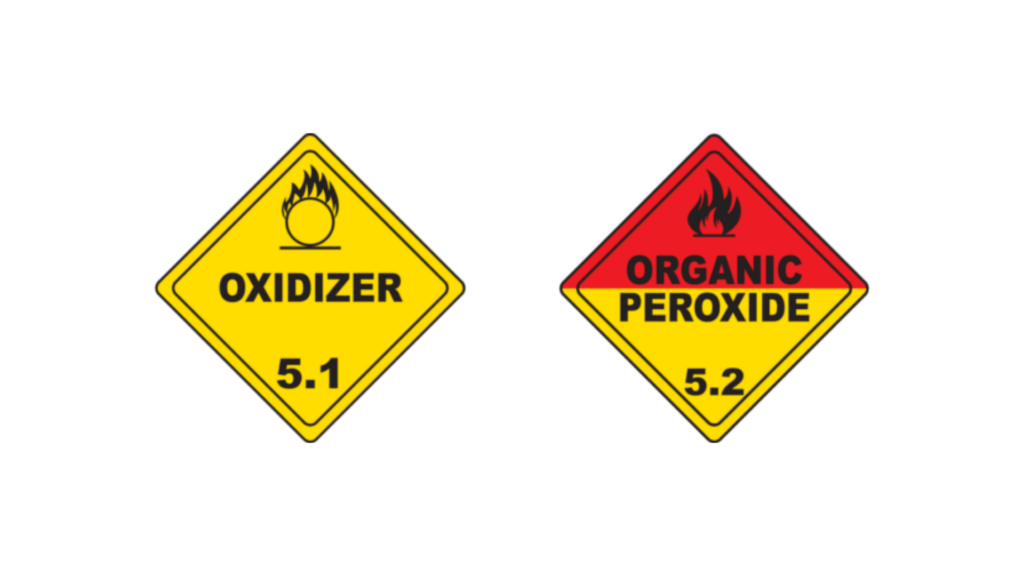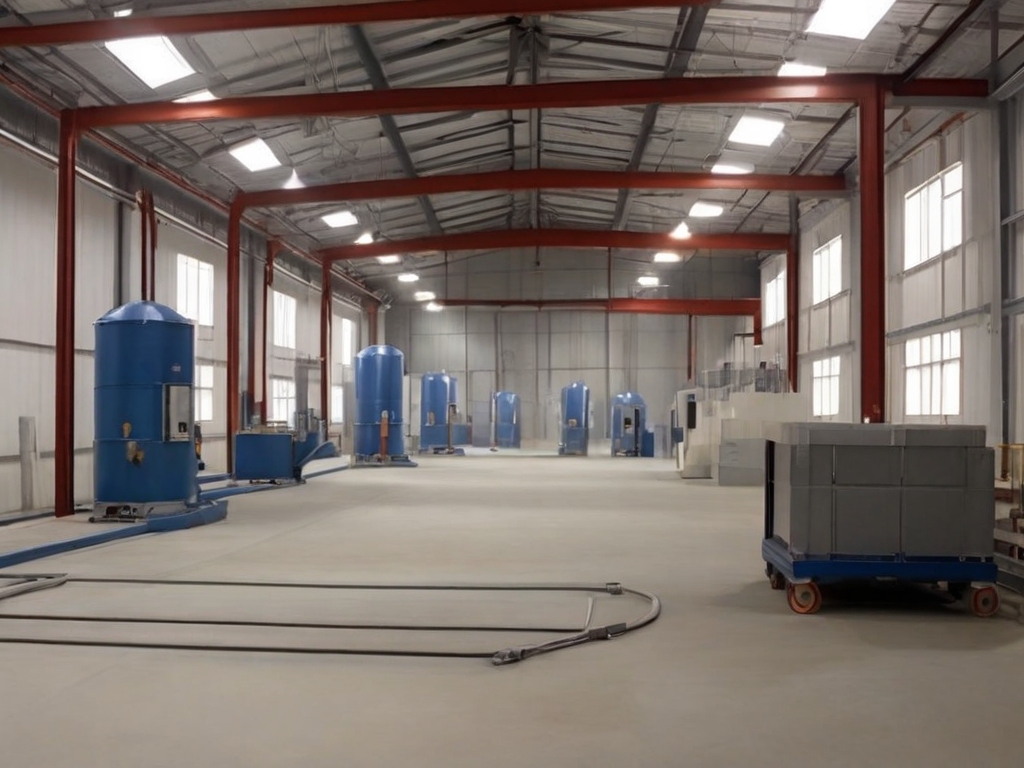Welcome to Intrinsically Safe Store, your one-stop-shop for all your safety equipment needs. We are dedicated to providing you with the best and most reliable safety solutions. In this blog, we will discuss the protective measures against static electricity in Class 1 Division 2 areas. We invite you to visit our website to explore our wide range of safety products.
Understanding Class 1 Division 2 Areas
The National Electric Code (NEC) defines Class 1 Division 2 areas as locations where flammable gases or vapors may be present in the air in quantities sufficient to produce explosive or ignitable mixtures. These areas require special attention to safety, particularly in relation to static electricity, which can ignite these mixtures and cause catastrophic accidents.
The Dangers of Static Electricity
Static electricity is a common phenomenon that occurs when there is an imbalance of electrical charges within or on the surface of a material. This imbalance can cause sparks or shocks that can ignite flammable substances, leading to fires or explosions. In Class 1 Division 2 areas, the risk is even higher due to the presence of flammable gases or vapors.

Protective Measures Against Static Electricity
One can take several protective measures to prevent electrostatic discharge in Class 1 Division 2 areas. These include:
- Grounding and bonding: This involves connecting equipment to the ground to prevent the build-up of static electricity.
- Use of intrinsically safe equipment: Designers create intrinsically safe equipment to limit the energy available for ignition and to prevent sparks or high temperatures.
- Proper ventilation: This helps to disperse any flammable gases or vapors, reducing the risk of ignition.
- Regular inspection and maintenance: This ensures that the equipment functions properly and promptly identifies and addresses any potential hazards.
Case Study: The Importance of Protective Measures
A case study from the Chemical Safety Board (CSB) highlights the importance of these protective measures. In 2008, a sugar refinery in Georgia experienced a catastrophic explosion, resulting in 14 deaths and numerous injuries. The CSB investigation found that the explosion was caused by the ignition of a massive concentration of combustible sugar dust. One of the key recommendations from the CSB was to improve the control of ignition sources, including static electricity.
Safeguarding Against Static Electricity in Class 1 Division 2 Areas
Protecting against static electricity in Class 1 Division 2 areas is crucial to prevent catastrophic accidents. Measures such as grounding and bonding, using intrinsically safe equipment, ensuring proper ventilation, and regular inspection and maintenance can significantly reduce the risk. Intrinsically Safe Store commits to providing you with the best safety solutions. We invite you to contact us for more information on how we can help you ensure safety in your Class 1 Division 2 areas.


























